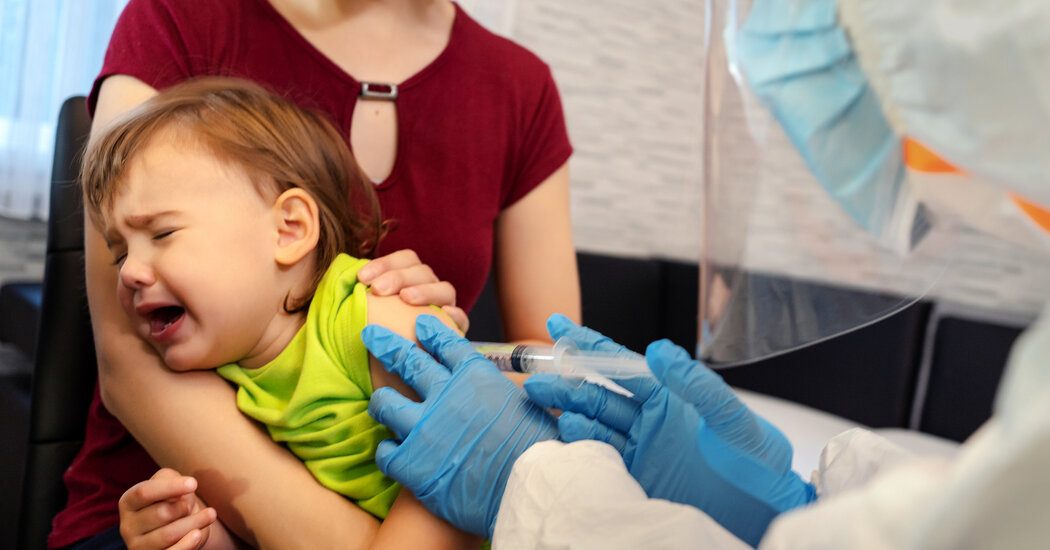The second goal was to make pain understood. Over the past 25 years, Dr. Eccleston said, research has elucidated the pain system, including the peripheral and central neurological pathways involved, and also the psychological mechanisms. But taking account of a child’s individual needs means coming to terms with the complexity of pain pathways and the ways that they are affected by the child’s history, psychology and social situation.
The third goal was to make pain visible. “All pain can and should be assessed, every child has the right to have their pain measured,” Dr. Eccleston said. Even when a baby is too young to talk, or an older child is nonverbal, he said, there are ways to assess pain, from facial expression to physiological responses to measures of brain signals.
And the fourth goal is to make pain better, using psychological, pharmaceutical and physical interventions. Dr. Sieberg said that along with good research on the interventions, it’s essential to have more research that predicts which interventions will work for which children, looking at “the biopsychosocial factors that predict treatment response.” This will make it possible to work toward more individualized treatment.
The commission calls for further research to fill in gaps in our understanding, and cites a scarcity of trials looking at most known pain medications in children, and also a “pressing need for novel drug discovery,” in particular for drugs that relieve pain “but do not stimulate the reward system,” given concerns about opioids and their potential for misuse.
For the health care providers who drew blood from Zachary, Ms. Jordan said, each procedure was “a one-off, one needle poke, one IV or uncomfortable position.” But those pokes and pains and procedures were actually part of a lifetime of medical investigations. “He ended up with severe needle phobia that we had to deal with as it became clear he would be interacting with the health care system all his life,” she said.
He also developed chronic pain, and while his mother feels that some pain was inevitable as a consequence of his underlying genetic disease, she wonders whether all the needle pokes made it worse: “There is some evidence that babies that experience a lot of procedural pain, it can prime the pump for chronic pain, it makes me wonder whether his chronic pain would be as bad now, had we done better with his procedural pain.”
As she learned more about the research on pediatric pain, Ms. Jordan said, she came to understand that there was research that would have made her son’s life much easier, but it had not been implemented by the people taking care of him, and that she herself had not necessarily been using the best approaches when she tried to help her own child. “The whole time my son had pain and different kinds of pain, I didn’t have the right information to help him deal with it,” she said. “As a parent, that’s a terrible thing to find out.”
[ad_2]
Source link


